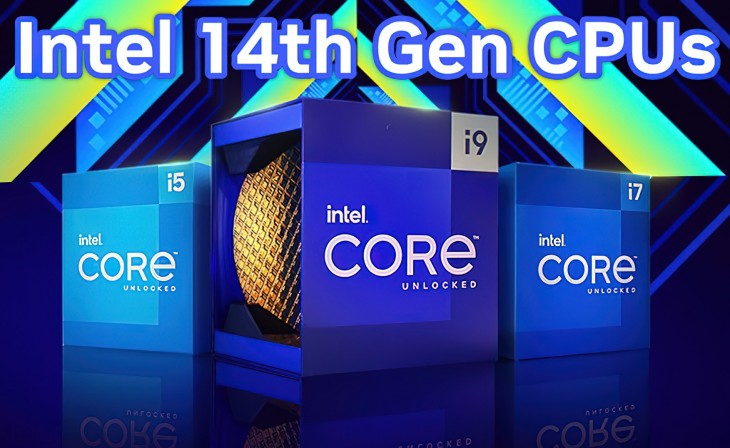Intel's 14th Gen T-Series CPUs: Leaked Specs Reveal Promising Low-Power Options
Detailed Specifications of the 14th Gen T-Series
- Core i9-14900T: Top of the line with 24 cores (8 Performance + 16 Efficiency), boasting a boost frequency of 5.5 GHz.
- Core i9 to Core i3 Models: The lineup includes various configurations, with the Core i9-13900T, Core i7-14700T, Core i7-13700T, Core i5 variants, and Core i3 models.
- Budget-Friendly Intel Core 300 Models: The list also includes the Intel Core 300 and its T-series counterpart, catering to budget-conscious users.
- 35W TDP Across the Board: All CPUs maintain the typical 35W TDP, aligning with the T-series’ low-power design philosophy.
Performance Enhancements Over 13th Gen Models
- Increased Clock Speeds: Most 14th Gen models feature approximately 200 MHz higher clock speeds compared to their 13th Gen counterparts.
- Notable Increases: The Core i7-14700T sees a notable 300 MHz boost, while the Core i5-14400T gets a modest 100 MHz increase.
Also Check The Steam Deck OLED
The Relevance of T-Series CPUs
- Target Audience: While T-series chips may not be mainstream for most users, they hold significant value for small form-factor PC builders.
- Advantages for Mini-ITX Builds: These lower TDP CPUs are ideal for Mini-ITX and other compact builds, offering reliable performance in constrained thermal environments.
Uncertainties and Missing Models
- Absence of Core i5-14600T: The leak does not mention a successor to the Core i5-13600T, leading to speculation about its existence.
- Guaranteed Performance: Unlike manually down-tuning higher TDP Intel CPUs, the T-series guarantees optimal performance at lower TDP settings.
Conclusion: Intel's Forthcoming Offerings
Intel's 14th Gen T-series CPUs are poised to offer a blend of enhanced performance and energy efficiency. Ideal for small form-factor PCs, these processors are set to broaden Intel's appeal in the low-power CPU market. As the official launch approaches, these leaks offer a glimpse into what users can expect from Intel's latest innovation in energy-efficient computing.




